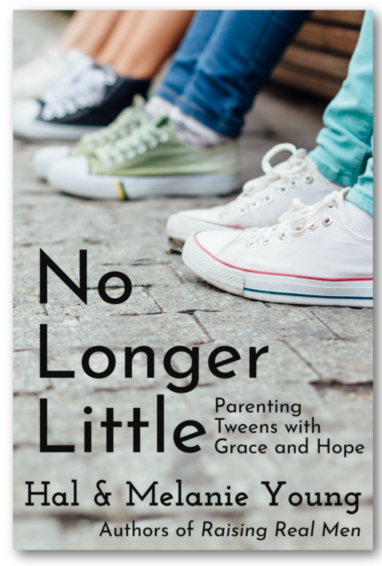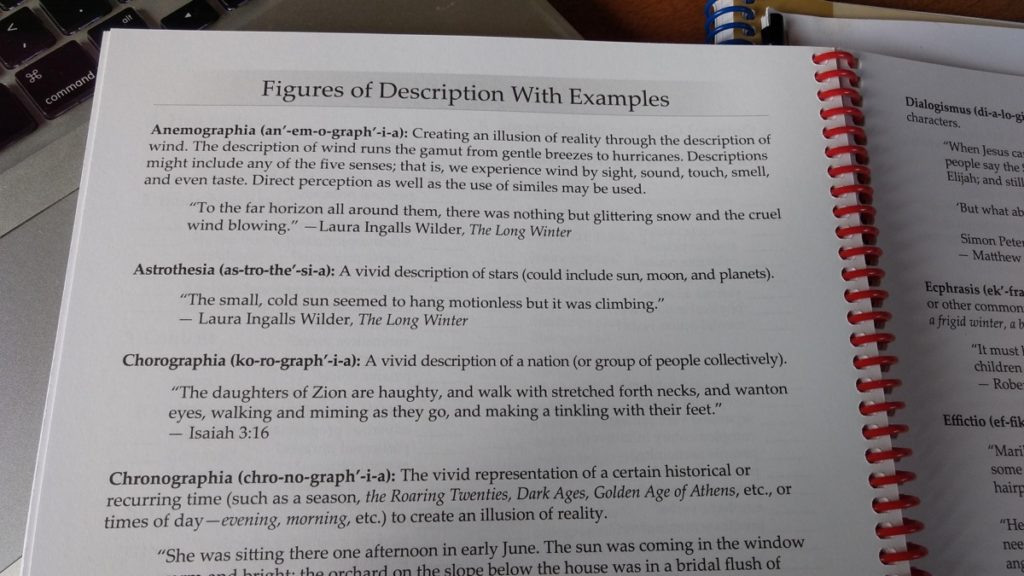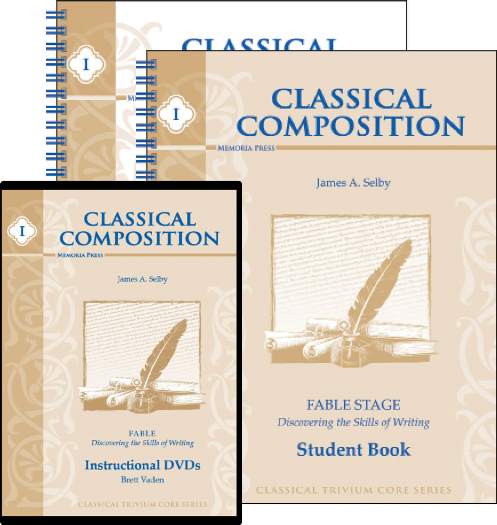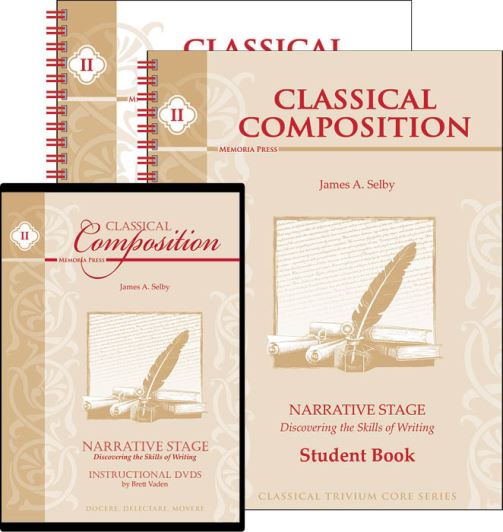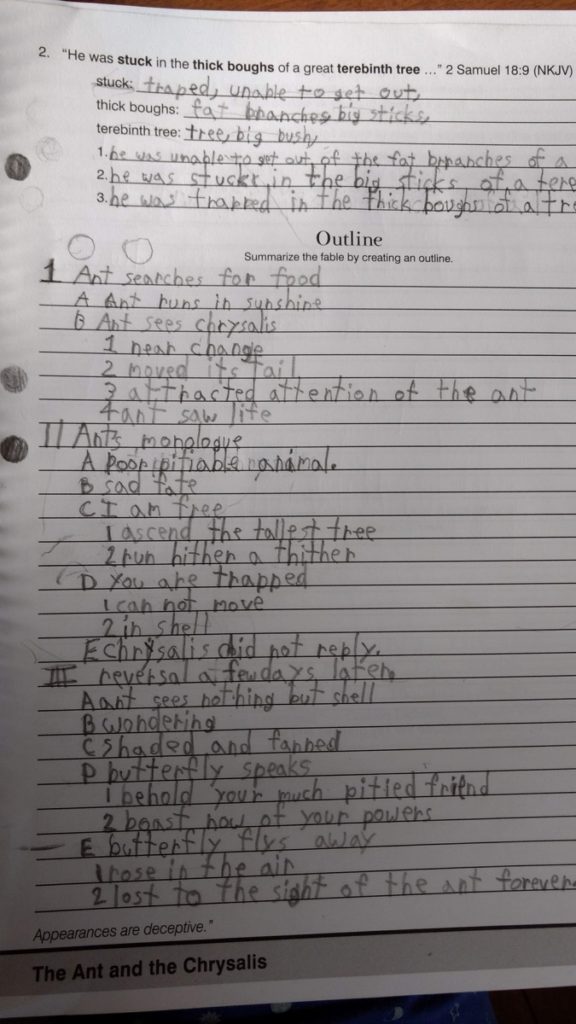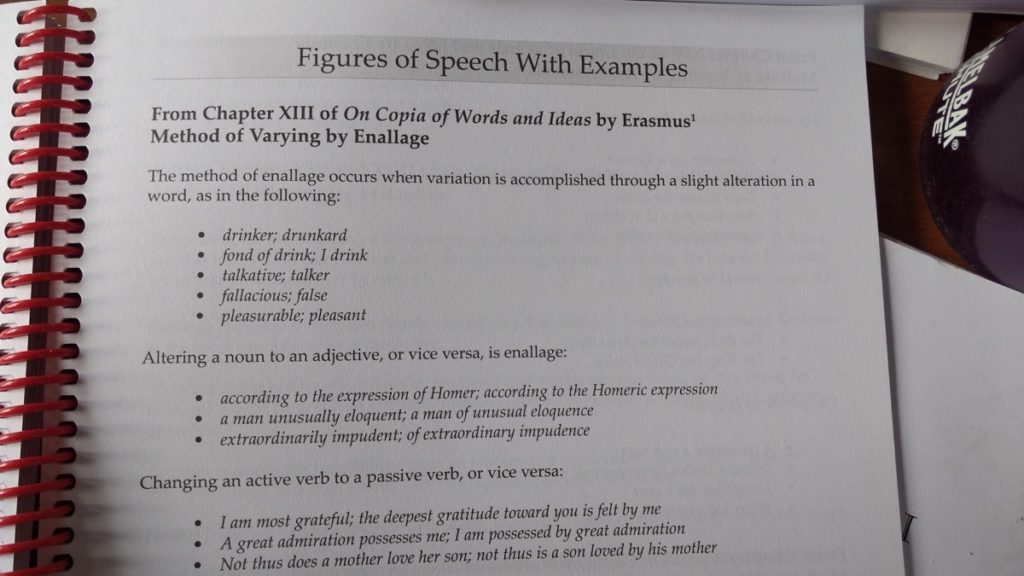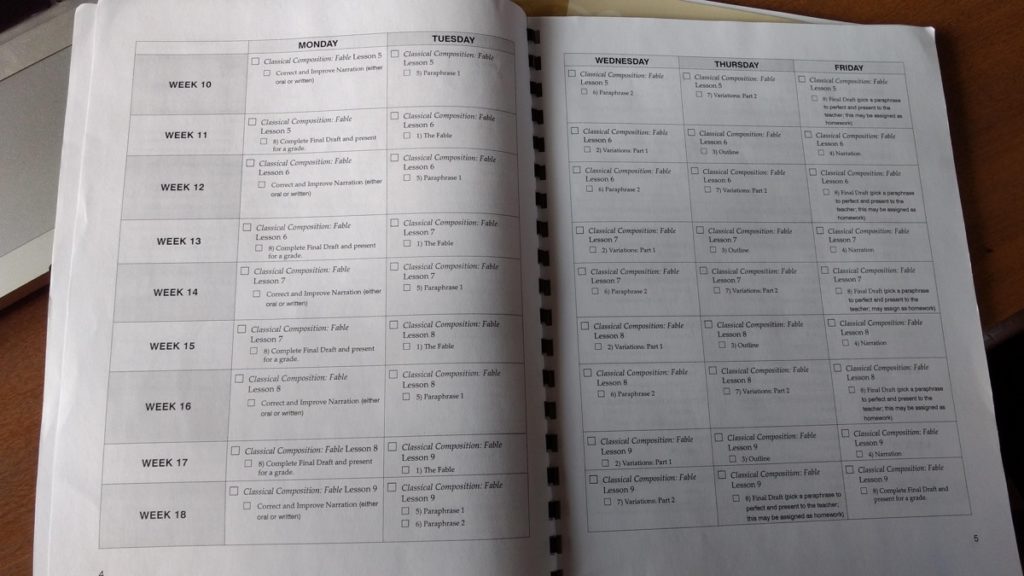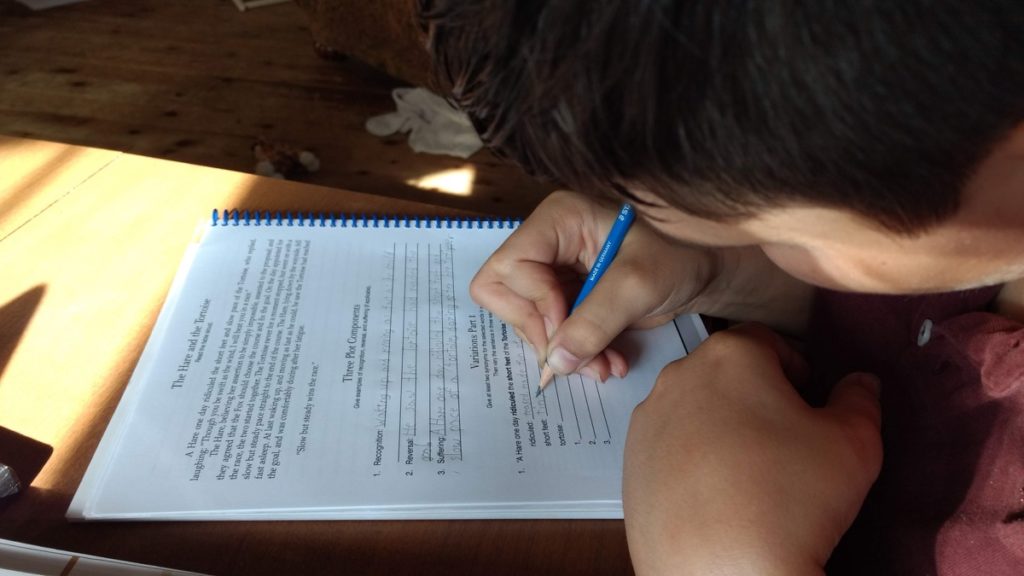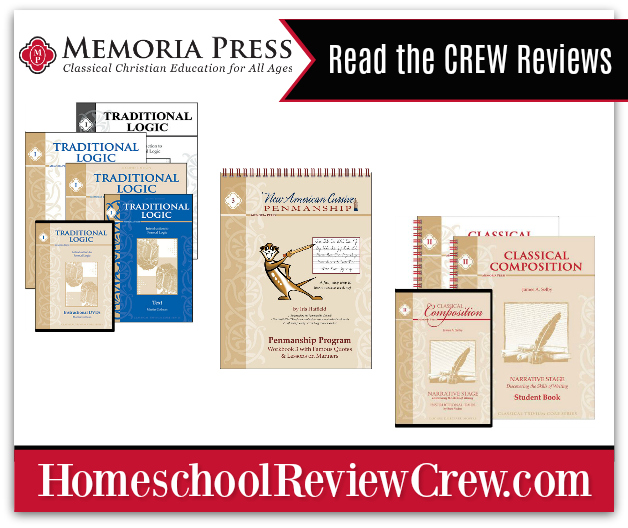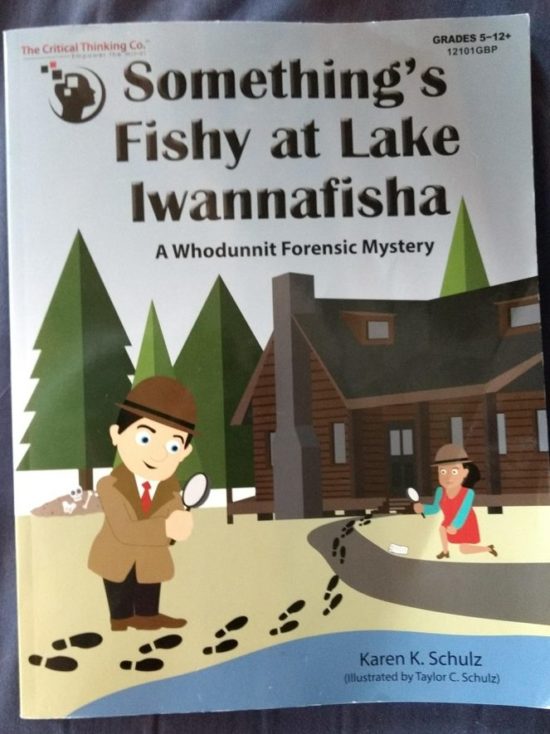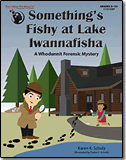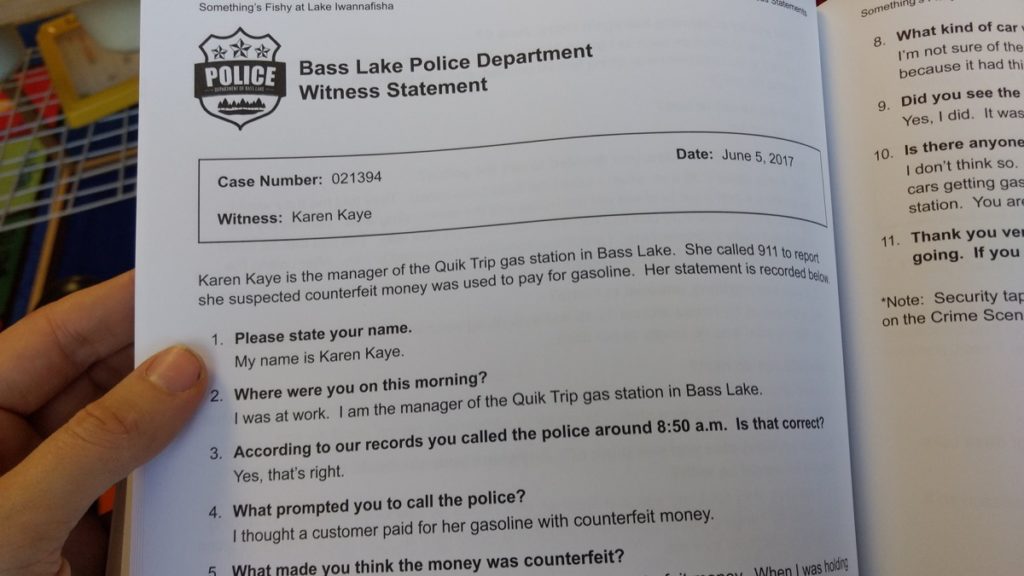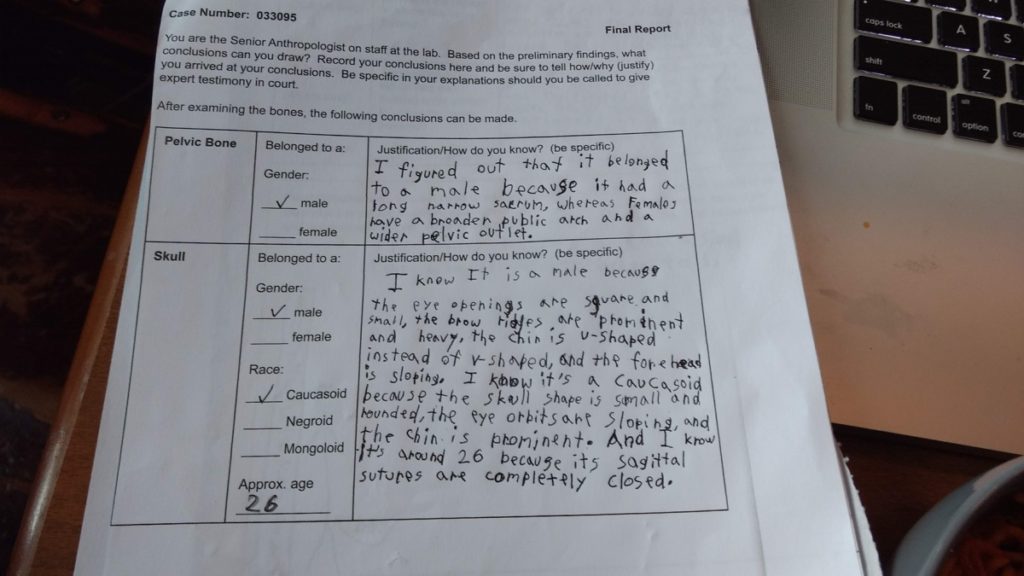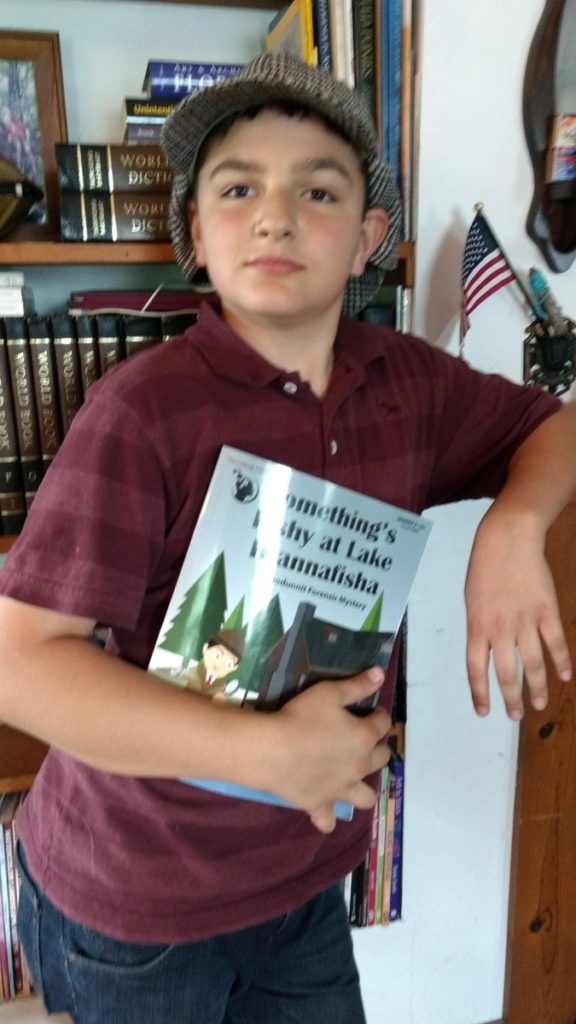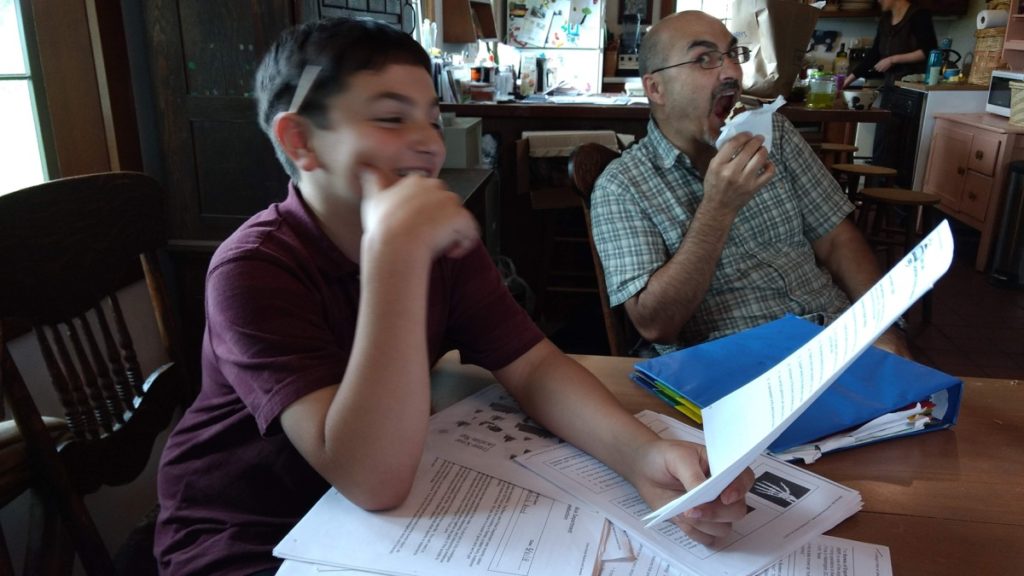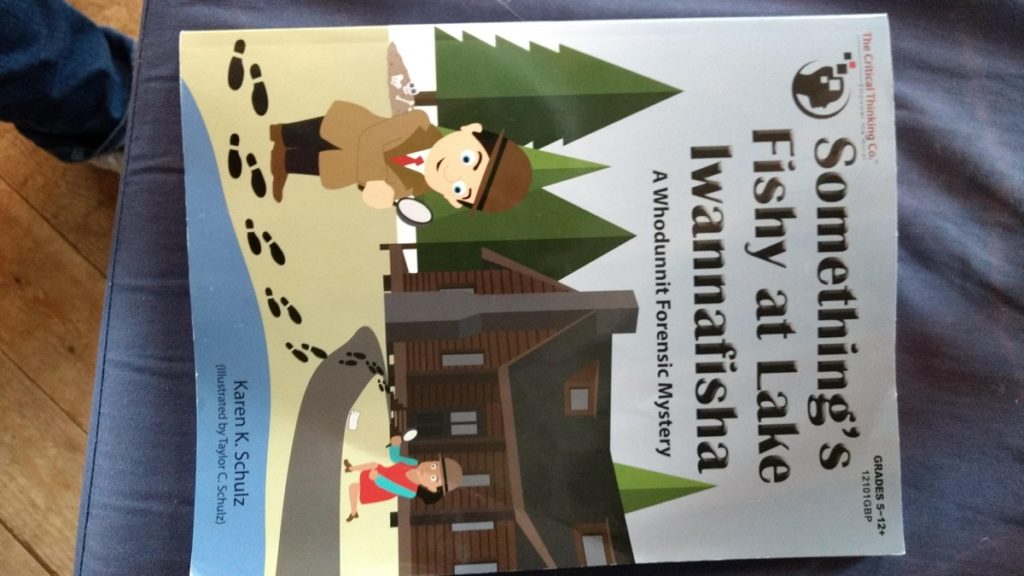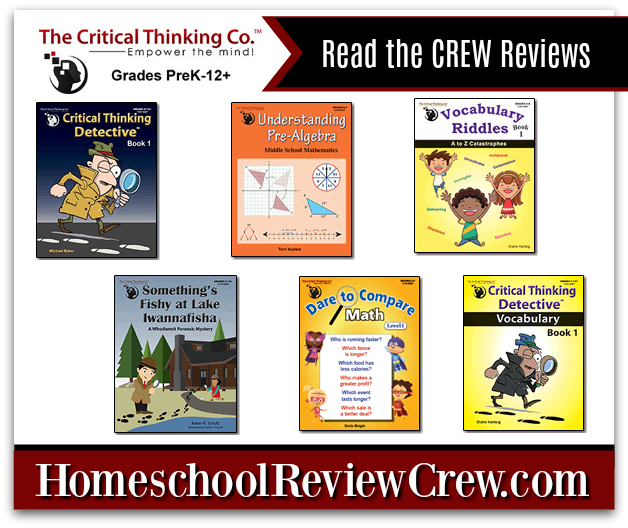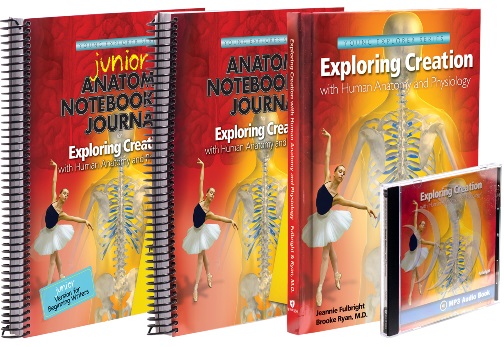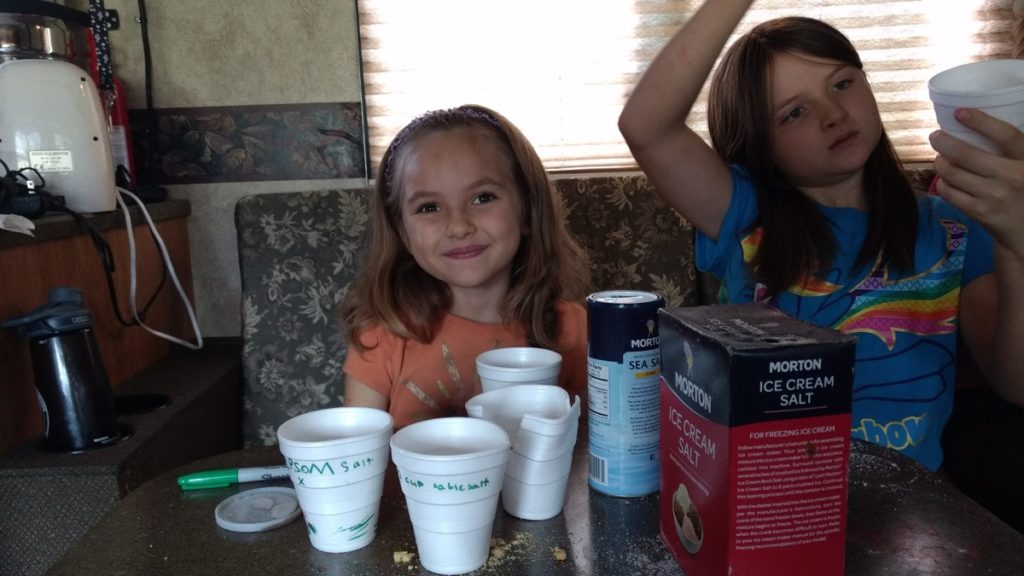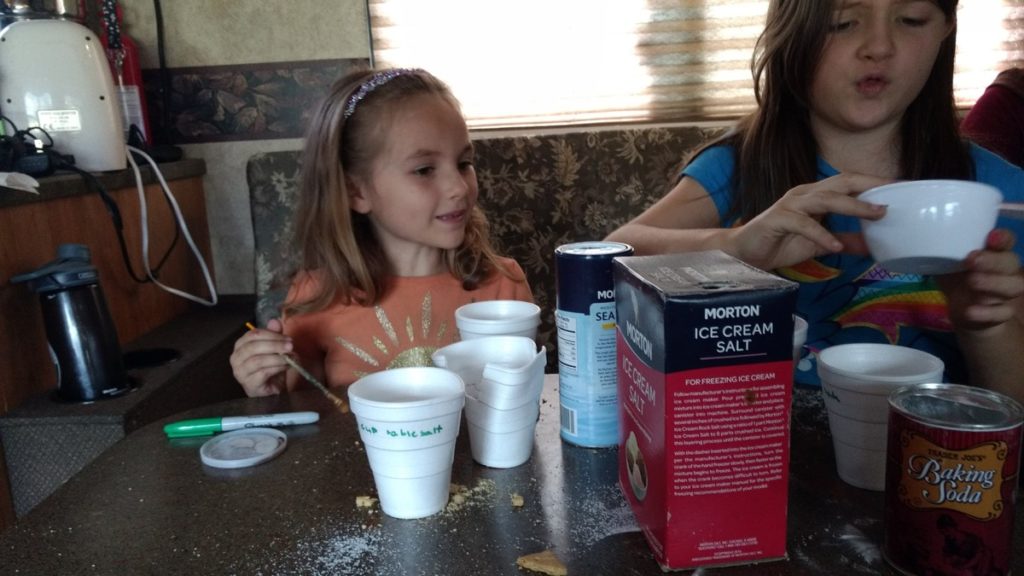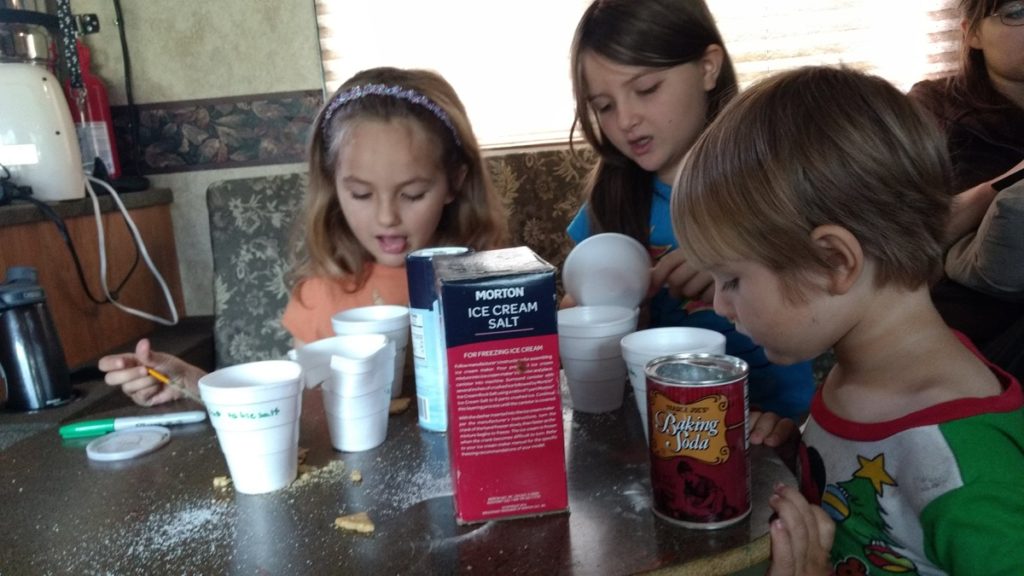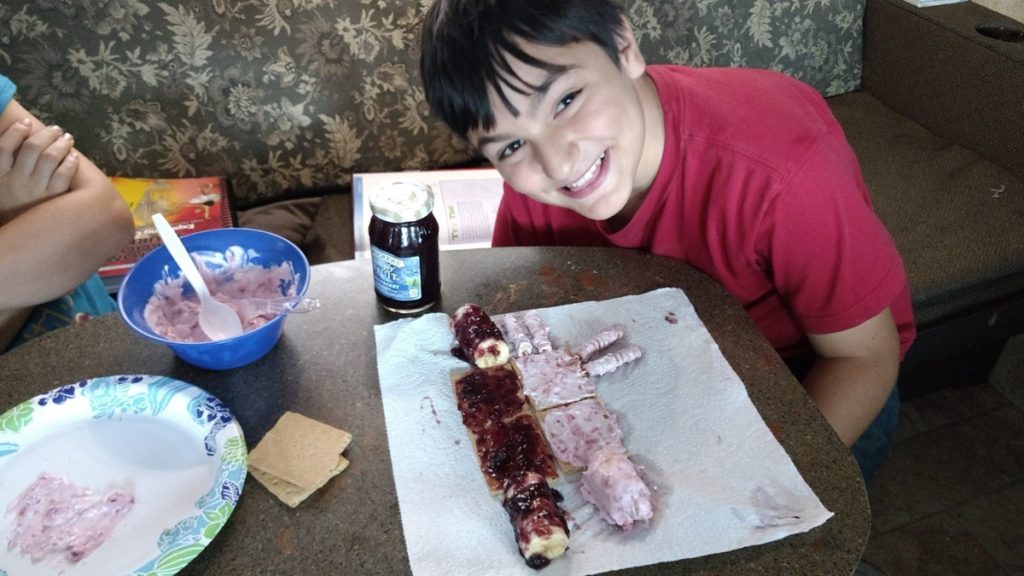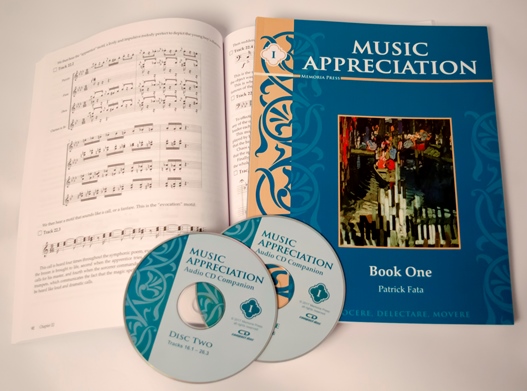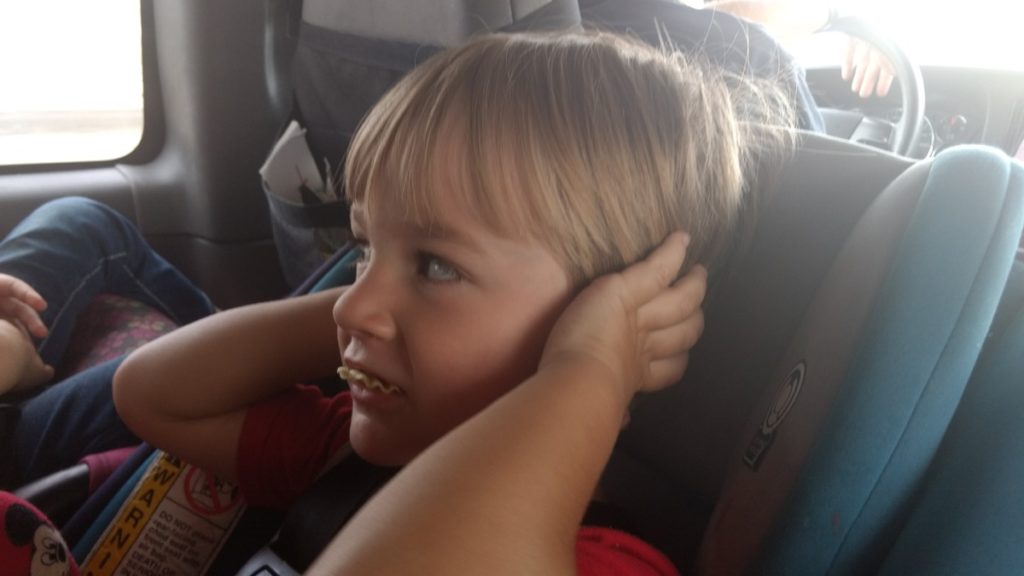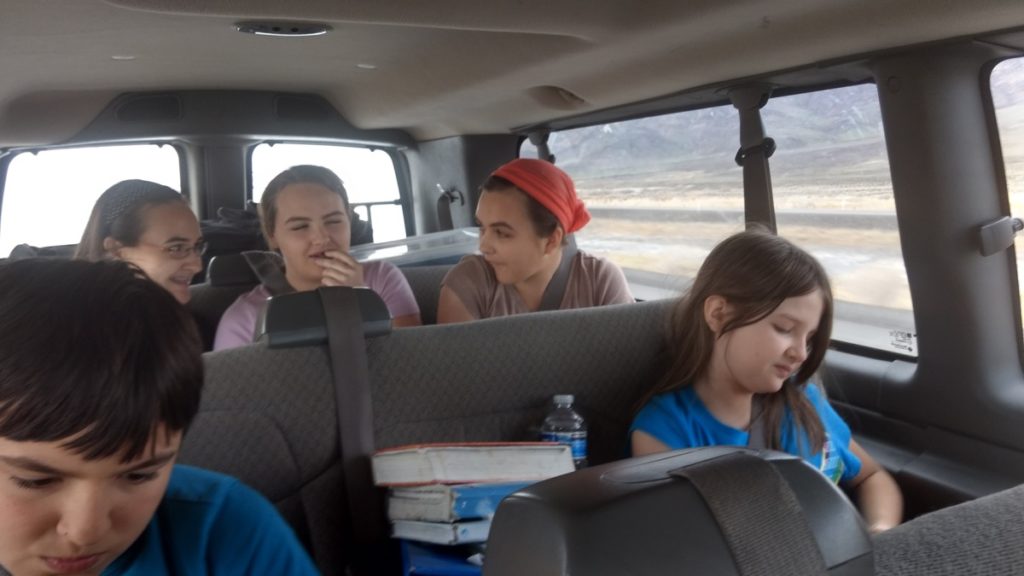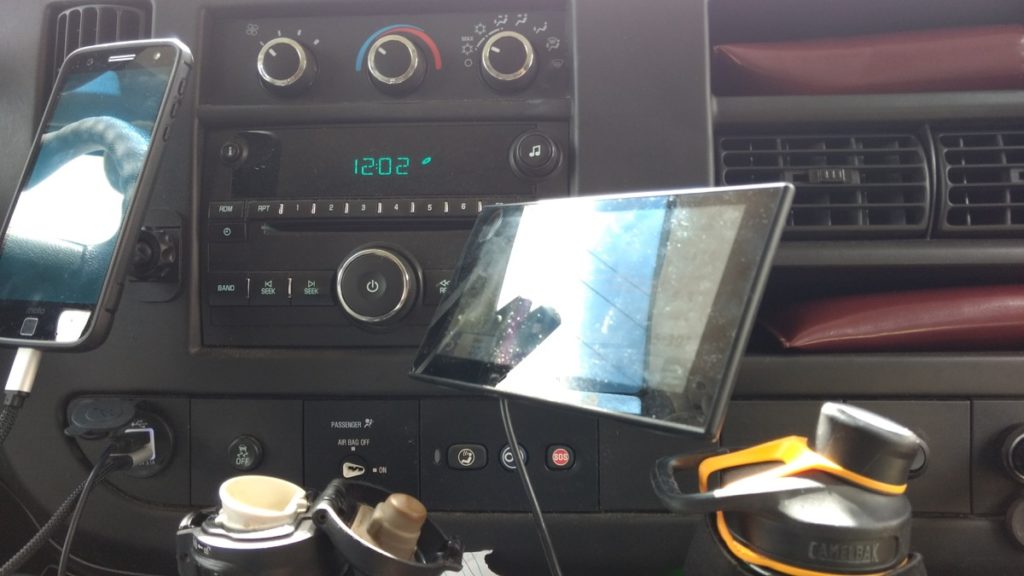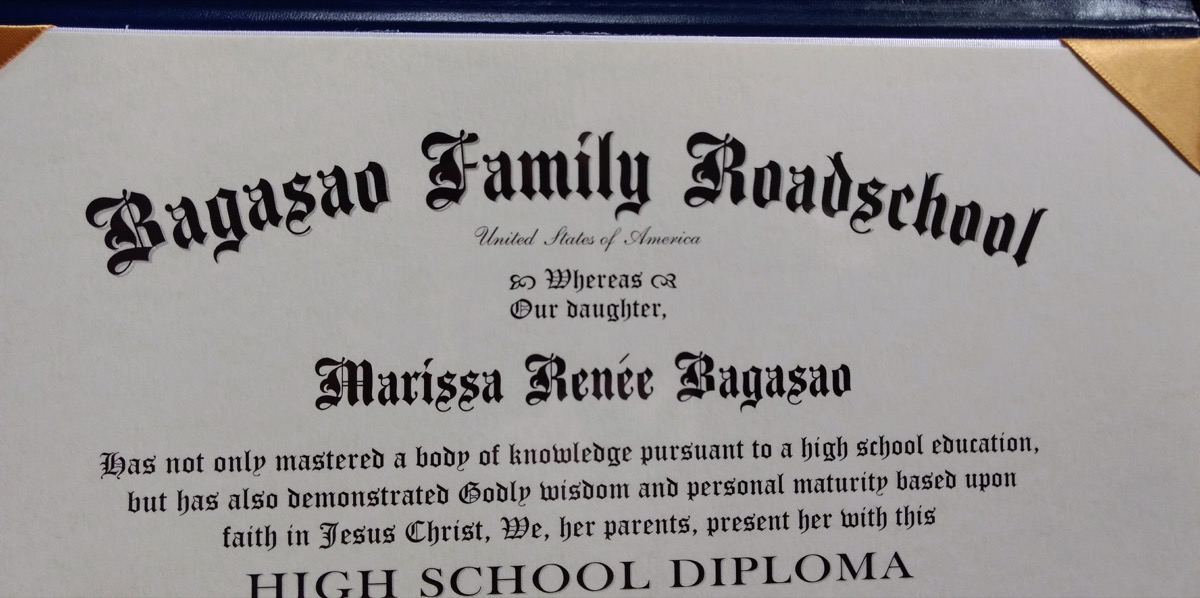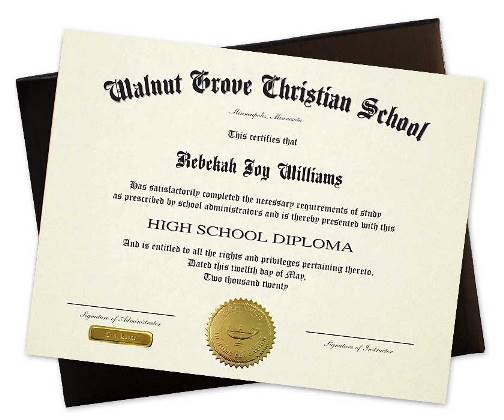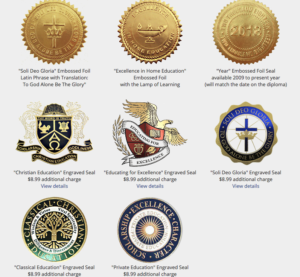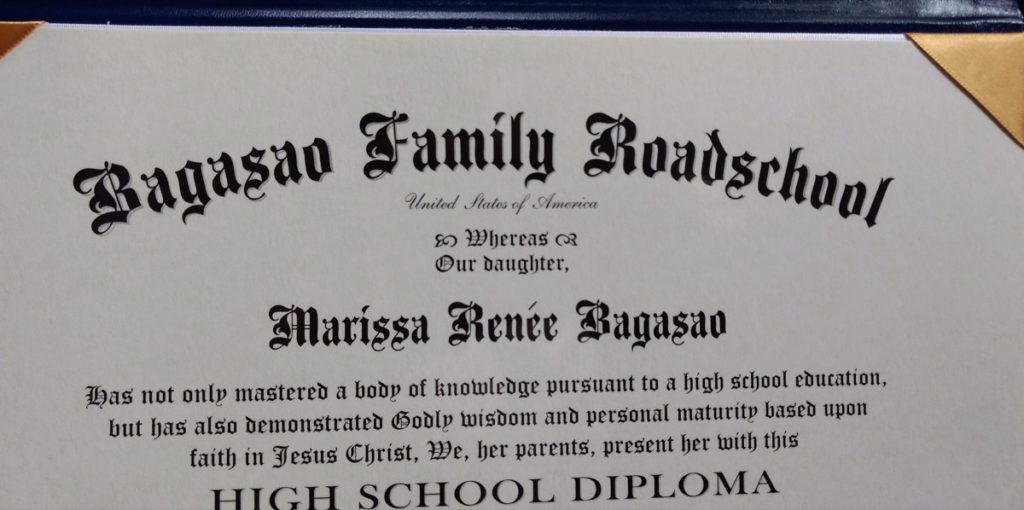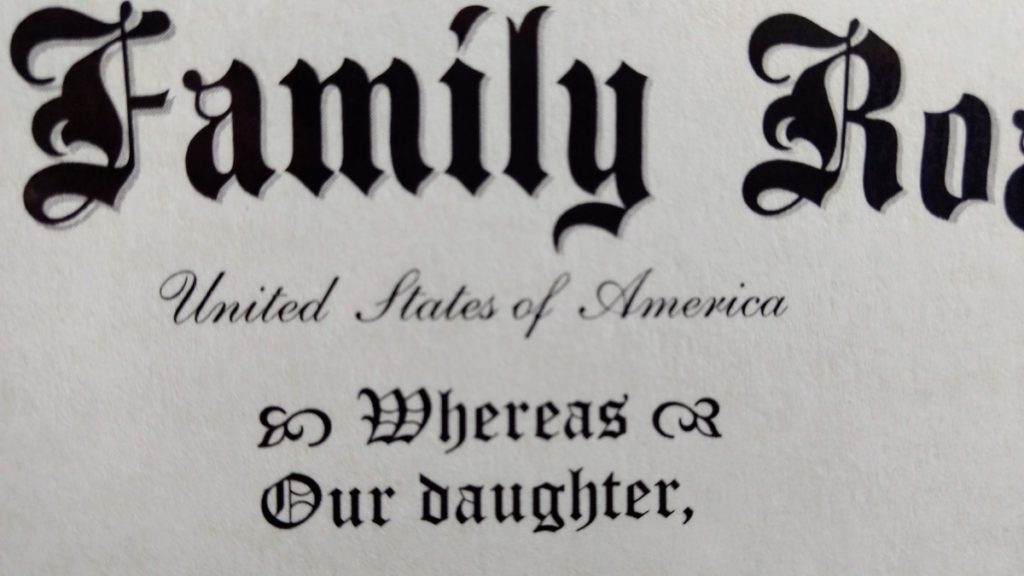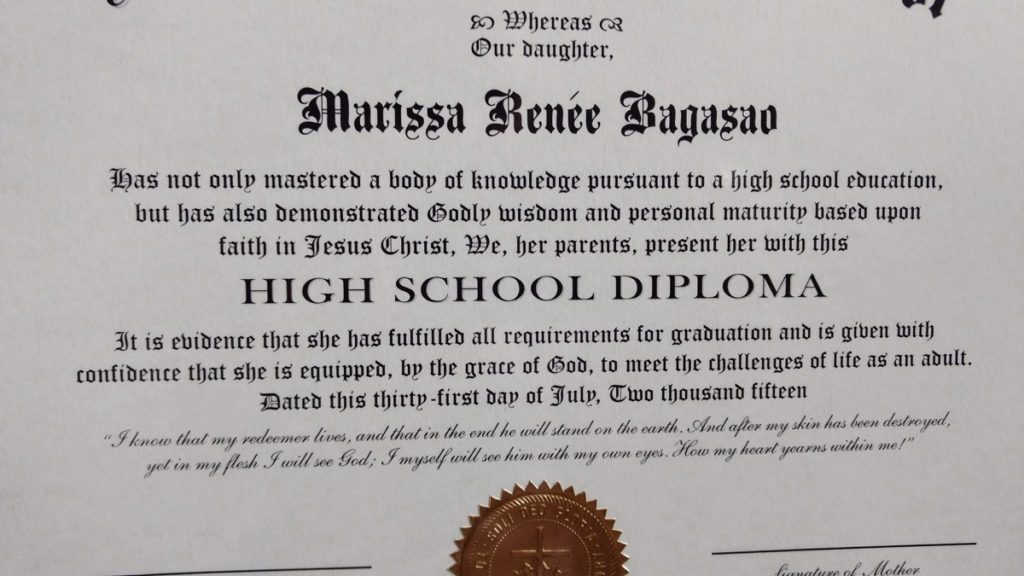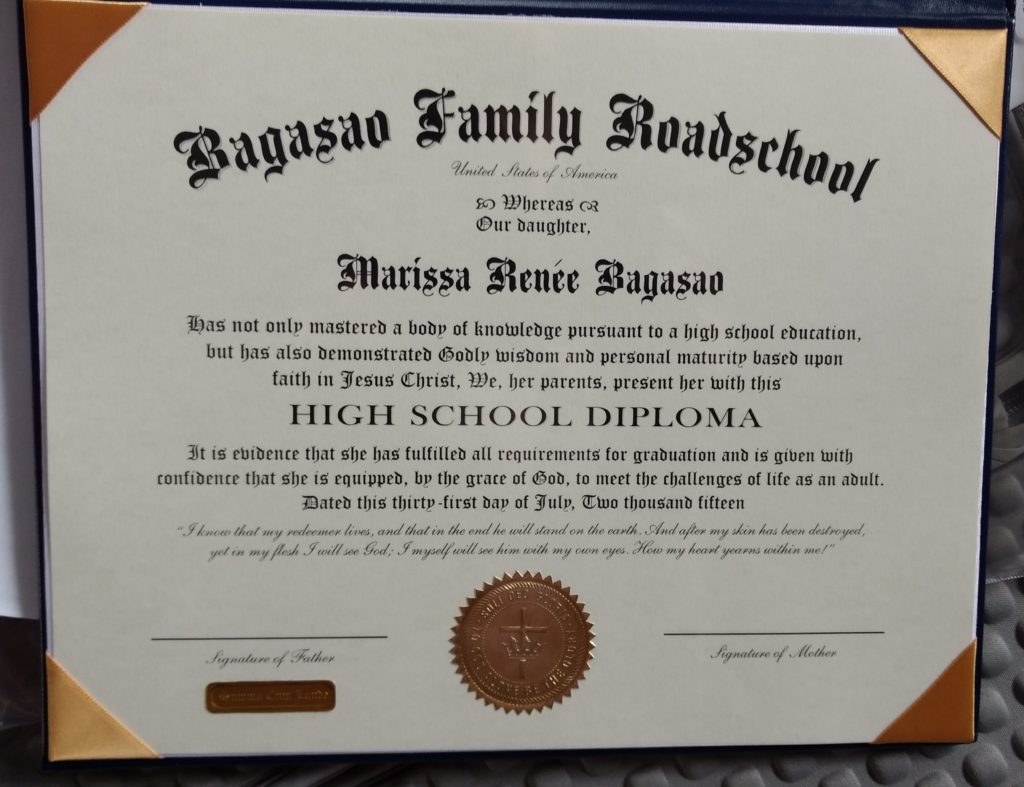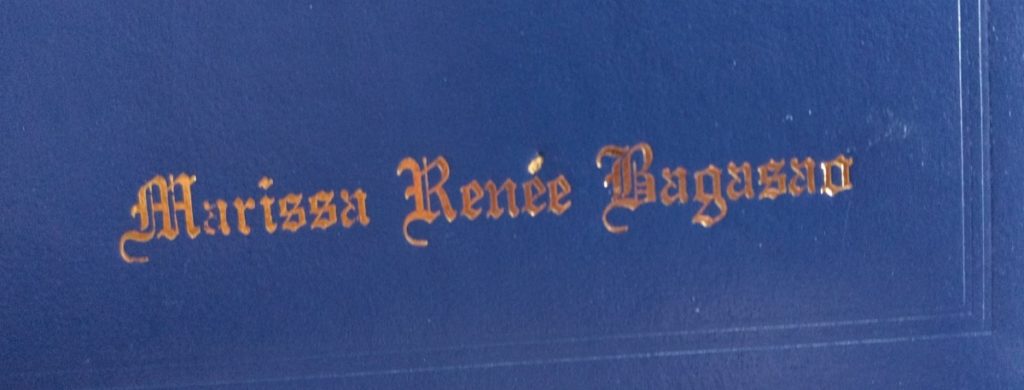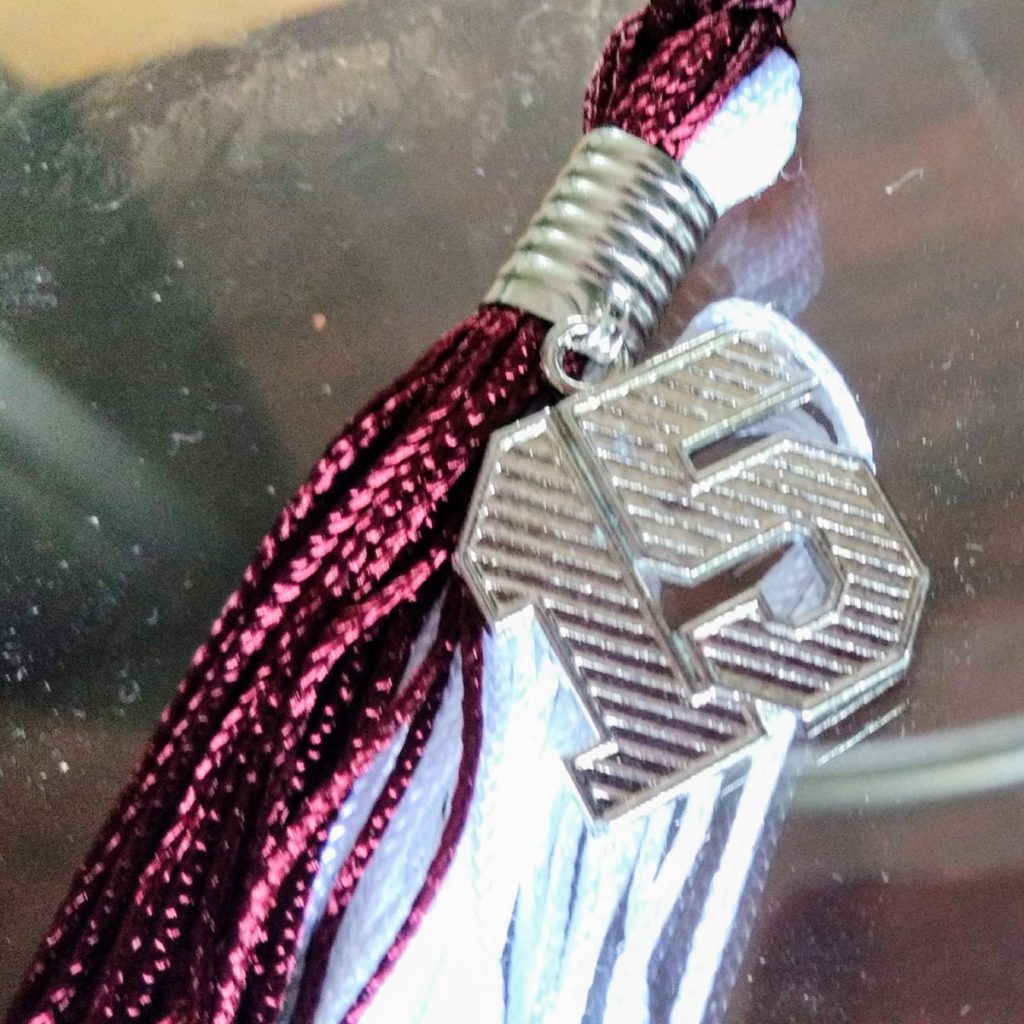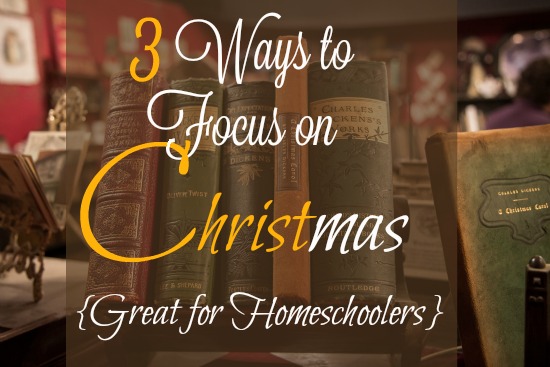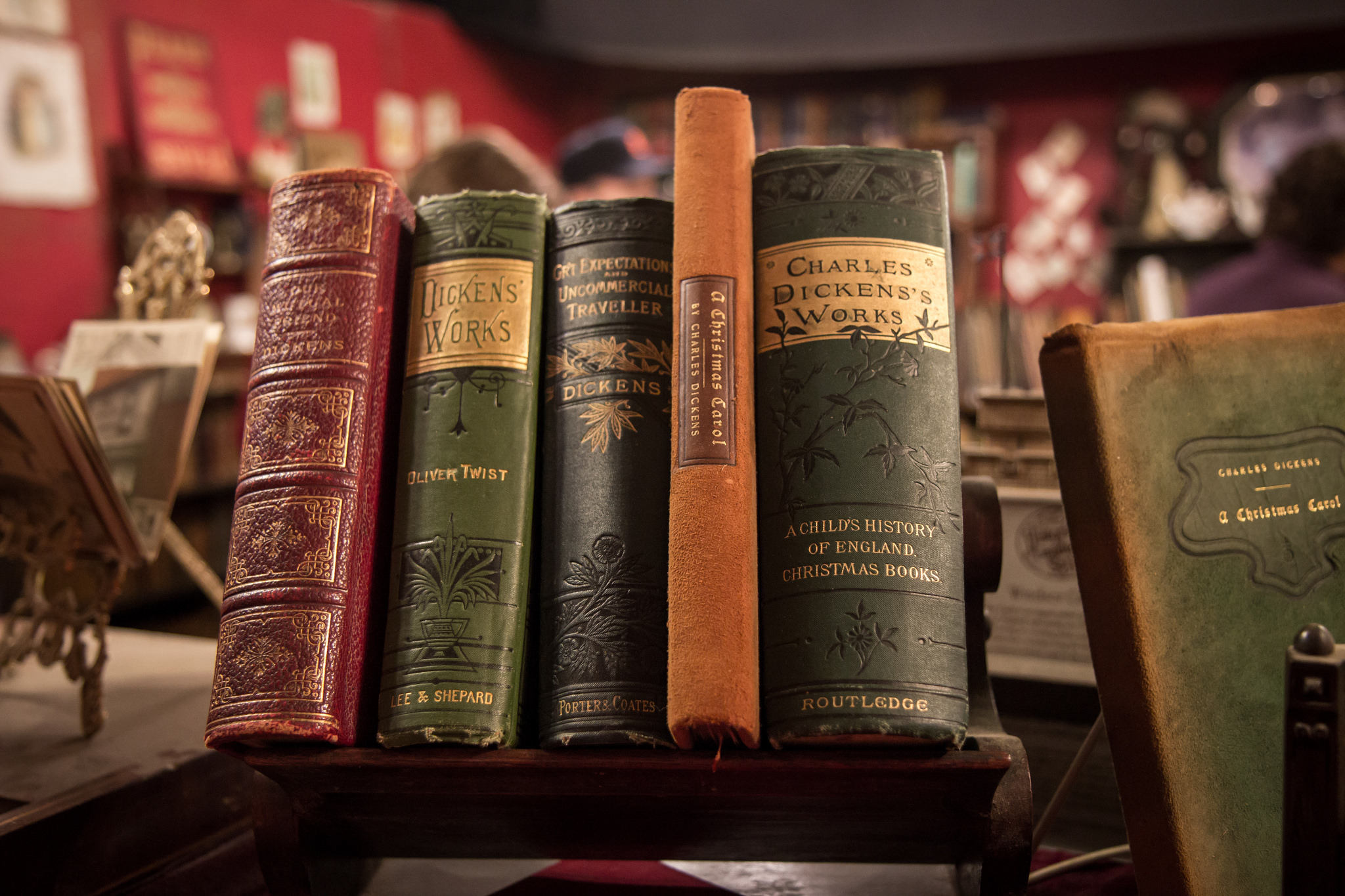I just finished reading the newest book by a remarkable couple, Hal and Melanie Young of Great Waters Press. (If their names ring a bell, you likely know of them through their book Raising Real Men or from their speaking on the homeschool circuit.) Their brand new book is called No Longer Little: Parenting Tweens with Grace and Hope.
There are books a’plenty (and even a few good ones) for parenting the early years and “surviving” the “turbulent” teen years. (I use quotes because our teen years have been wonderful!) There’s little out there to cover the in-between years, however. No Longer Little fills the gap and helps parents graciously smooth the ruts and avoid the potholes on the road from little kid to young adult without destroying the relationship in the process.
Before I delve into a way-too-long chapter-by-chapter discussion of No Longer Little, I want to share my two favorite aspects of this book:
- Every couple of pages I found myself laughing out loud and saying, “Listen to this! This is totally he-or-she-who-shall-remain-nameless! It’s totally normal!“
- Using intelligent humor and encouragement, the Youngs frequently say, “Don’t freak out. There is hope.”
There is hope! And the Youngs know. They have eight children and they wrote this book from a knowledgeable place. I don’t like reading parenting books by a PhD with two young kids telling you how to raise your teens. Those books are riddled with philosophical cooties. The Youngs speak from the trenches with a clear view ahead and behind them. They have watched several of their children emerge from their tween years into Godly, mature adults. They also are still guiding a couple of their children through their in-between years, so they aren’t looking back from thirty years out remembering things with rose-colored or black-colored glasses.
I was going to simply share my notes about the book, but I made so many underlines and stars that I would have been retyping the entire book and landing myself a hefty plagiarism fine. I’ll have to pick and choose, which is hard, you know, like opening a box of chocolates and seeing quite a bit of caramels in there. To keep myself out of jail, I’m sharing just a few quotes and thoughts below.
Please note: This book is for parents of boys and girls, unlike the Young’s first book Raising Real Men. Don’t let their RRM label confuse you. ‘Kay? ‘Kay.
Chapter 1: Getting Bigger
Our kids are not little anymore. I’ll wait while you sob for a few minutes. It’s okay. I understand. This chapter explains the immense changes that are going on in our sweet little monsters who aren’t so little anymore (even if they look like it on the outside). They are having trouble being sweet and don’t understand why. Here are a few highlights:
As and before a boy’s outward body changes, he goes through hormonal changes that affect him similarly to how a female cycle affects girls…only it lasts a couple years. The Youngs call it the Pre-Manhood Syndrome. So if your boy gets irrationally angry or, yes, weepy, that is normal! (Are you sighing in relief? I am!) Meanwhile, their bodies are changing, sometimes in ways that they don’t appreciate.
Girls go through changes also, and even earlier than boys. To make it worse, few if any girls look like the photoshopped images society shouts are what a “worthy” woman should look like. Boo to you, image-destroying society! The Young’s emphasize the importance of celebrating how the girl’s body meets God’s standard of beauty and, despite the difficulty of her bodily changes, the incredible miracle of her body’s ability to nurture new life.
Meanwhile, this is happening:
Both sexes have hormonal surges exceeding fifty times the normal, stable levels they have in adulthood. (p. 7)
That quote alone makes me fifty times more compassionate and patient toward my tweens. I mean, I sobbed my head off during Akeelah and the Bee yesterday, just because someone asked her to spell a word and she got it right. Really?! Fifty times worse than that?! Poor kids.
Chapter 2: The Rollercoaster
Physical changes are just one side of the story. The inner turmoil is where the real fun begins. Some highlights:
The Youngs describe dealing with the emotional insanity (they may have not said that word) of the pre-teen years as living with “a flaming porcupine” (their words exactly). I laughed my head off.
Life with your flaming porcupine is a roller coaster of emotion, and the kids “invite” you to join in. The Young’s advice: “Don’t get on this ride.”
If you want to preserve your relationship with your child, you will need to keep your own feet (and heart and mind) on solid ground, in order to give them a point of stability they can cling to. (p. 16)
How? One way is to truly listen. Even though they are illogical and irrational and often lash out inappropriately and cause real harm, it’s important to know what’s on their mind. (Personally, I’ve seen a tremendous similarity between talking with my two-year-old and my twelve-year-old at times, but I want them both to feel heard.) There are still consequences to actions, but when they know they’re heard and loved, you’ll enter the teen years with a stronger bond.
(There’s so much great stuff in this chapter, I want to sleep with it under my pillow…like with my textbooks in college. Osmosis. It’s a thing.)
Chapter 3: Brains Turn to Mush
Can I just say that the title to this chapter made me feel infinitely better about some brain mushiness around here. Thank you, Youngs! Here’s a bit more you’ll want to hear:
Neurologists say that the hormones of puberty literally “unravel” and reshape the brain. So your child really is coming unravelled! I mean, literally! I love this laugh-out-loud, relatable quote:
During puberty, the part of the brain changing the most is the area that controls executive functions. There are tasks like problem solving, priority setting, short term memory, attention, and focus. This is the center of common sense and good judgment, the part which decides, “This thing–Good idea? Bad idea?” It’s the part which is plainly dormant when your twelve-year-old shouts, “Hey, Mom! Watch this!” (p. 30-31)
Where’s my great big laughing crying emoji?!
And the advice the Youngs give? Patience.
Because the lack of cognitive function takes a huge toll on their success in school, the Youngs also recommend you do what you can to “preserve their love of learning,” emphasizing what I’ve always said, that “learning is not the same as ‘school'” (p. 34). This chapter gives valuable advice for guiding your unraveled porcupine through these years without their labeling themselves a failure and giving up on their goals and education before emerging as butterfly-ish on the other side. (Particularly intriguing to me is the reason not to let your kids move too quickly through math–fascinating!) This is a valuable chapter indeed on many levels!
Chapter 4 Many a Conflict, Many a Doubt
Many of us parents have experienced that time when a child starts questioning his or her faith. Personally, I am happy to see this as I know they are making their faith their own and not just parroting my beliefs. The Youngs espouse the same view. At the same time, it’s a bit unnerving, especially if, as in the case of the Youngs, your nine-year-old decides he’s an atheist. (Spoiler alert: happy ending!) I have lots of notes in this chapter, but I’m only going to share some thoughts (jail, remember):
Doubts are normal, and they begin usually in the middle school years. If you, Mom and Dad, don’t answer those doubts without freaking out or telling them to “just trust Jesus,” they will seek their answers elsewhere. Google? The kid next door? Your weird atheist Uncle Larry living in a van down by the river (sorry to all you Larries out there, and I can talk like that, because we’re weird and live in a trailer in parking lots).
A quote to bank your parenting on:
We have a reasonable faith that can stand up to examination. We don’t need to be afraid of our chidlren’s honest questions. Instead, we should welcome them as an opportunity to help ground them in the truth. … [O]ur inability or unwillingness to deal with contrary ideas may cause more trouble than the original question. (p. 50-51)
This chapter offers encouragement, guidance, outside resources (many of which we already use and highly recommend), and ways to deal with the non-questioner as well. Valuable stuff, this! (Nasty little grammar habit I picked up in England, that.)
Chapter 5: The Awakening
If you read my review over at The Travel Bags about the Young’s 2017 release, Love, Honor, and Virtue: Gaining or Regaining a Biblical Attitude Toward Sexuality, this section will sound a bit redundant. Good. It’s important enough to be redundant! Here’s why:
Can I scare you a little? Over 90% of boys are exposed to porn by age 19. Girls? Nearly 60%. That’s a sucker-punch to the gut, isn’t it? What’s worse, a third of all children are first exposed by age ten. Ten! My world was Strawberry Shortcake and Cabbage Patch Kids at that age! The worst thing I was exposed to was watching some circus folks riding their horses standing up and trying it on my own horse when nobody was looking. The world you grew up in is not the world your kids live in. Sorry.
I know we all feel our children are too young to have their innocence “shattered” by hearing us talk about sex and the dangers of porn. Think about this:
The very good and powerful gift of sex has been stolen, abused, and sullied by sinful mankind. Our challenge is to protect our children from the misuse of sexuality and from sin, while preparing them for a healthy, joyful, marital relationship. (p. 60)
Our other challenge is to remain “the place to go” with all their awkward questions, so here again the Youngs give their valuable advice, “Don’t freak out!”
One thing that really struck me was that, while boys are drawn in by the visual sin of porn, girls are often lured into dark worlds and thought-sin (which leads down the road toward physical sin) through the written world of fan fiction. Fan fiction?! Fans often launch books based on a perfectly (or at least relatively) innocent book such as, say, Pride and Prejudice, using characters the readers already love, and add lurid scenes and inappropriately graphic details that play out in the reader’s head. I had no idea, because I’m not a fan of fan fiction simply due to the poor writing. I guess my literary snobbery saved me. No idea! What a world. Insert sad face.
This section is super important. Please don’t skip it or the advice just because you’re uncomfortable. Giving birth is uncomfortable and you didn’t skip that. Do the next right thing and prepare your kids for the attacks the world is waging against their purity.
Chapter 6: Social Struggles
My boys are outgoing and sociable, especially my first boy. That’s no small feat when you’re in a different place with different kids every few days for seven years! Yeah, he’s incredible! So when he started standing off from the other kids, I lost a little sleep. (Can you hear the Youngs: Don’t freak out!) This chapter was helpful:
First of all, social anxiety is normal! Hooray! My incredible boy is a normal mildly socially anxious flaming porcupine! (He approved this post, by the way.)
As their brains expand (unravel and reform), they start to think more abstractly, but their limited experience leaves everything looking a little Picasso-esque. Their version of reality is clouded by hormones and inexperience. To top it off, they haven’t moved past their egocentric adolescence (like many adults we know, sadly), and it’s your job to help them see reality and that others have feelings, too, all the while trying to understand them. I know–you need a raise.
The chapter addresses bullying (as the victim and the bully), the hormones running the body, the general socially uncouth nature of this age group, social media (and the importance of learning to use it–shocker, eh?), and the girl-boy friendship issue, including crushes. Good stuff in here!
Here’s some great advice that makes me chuckle and groan at the same time:
Love them even when they’re trying to be funny; relationship is important even when they’re making intestinal noises with their hands. (p. 81)
Yeah, I have to print that up and plaster it on every wall in my home. There are, after all, five teen and adult girls living with a twelve-year-old boy. (Love you, Kid!)
Oh, especially valuable in this chapter is the Young’s list for a Biblically balanced view of relationships.
Chapter 7: Media, Gaming, and Discernment
I wish the chapter on sexual immorality didn’t have to exist, and I also wish this one didn’t have to exist, despite my love of literature, black and white movies, and The Dick Van Dyke Show. The entertainment industry is a huge, potentially dangerous world that we can’t completely control for our children. The Youngs, of course, have some words of wisdom:
I know many of us are tempted to remove ourselves from the modern world of technology entirely. The peace we have when dry camping out west with no electricity and watching our kids play cards and my husband read a real living book–I love it! But that’s not the real world we live in, and it’s definitely not the world your children will be entering as adults.
[B]y the time they are adults, they will need to be able to discern good and bad media for themselves. We’ve got to teach them how to do that. We have to teach them discernment. (p. 95)
This chapter touches on movies, art, literature, and gaming. Some interesting thoughts arise in all of these. One I hear from parents time and time again is the mentally and physically addictive nature of gaming, followed by the child’s kickback when the issue is addressed; that reinforced my commitment to keep it at a mega-low level in our home.
Oh, I totally marked up this chapter! I want to share several other interesting thoughts about teaching our children to discern by viewing these things through God’s eyes, but you just have to read the book! Read the book!
Chapter 8: Conflict at Home
This is (another) favorite chapter! I think there are a couple paragraphs I didn’t mark up. Let’s jump in:
The lack of filters in children this age reminds me of the lack of filters in the very young and very old; yet, we don’t, for some reason, offer the same grace-due-to-age to this middle group, do we? In fact, it’s difficult, when the accusations are flying and the irrationality is at a high, to maintain a loving, patient attitude, but that’s our job as the adult in the situation–to act like an adult.
I can’t share all my thoughts here, because it would be a book all its own, so let’s ultra-summarize. The Youngs share guidance for maintaining and strengthening your relationship with your young ‘uns during this time period when they seem to be intentionally trying to destroy your relationships. They also offer advice for sibling squabbles that will help strengthen sibling relationships for the long term. Some advice about making time for the family to be together, despite busy schedules with older kids, is also valuable.
I love how they differentiate between the training of the early years (obey Mom and Dad) versus the middle years (let’s talk this through with Scripture and reason). It makes sense! It acknowledges the difference in development and reason and the necessity of parents to discipline accordingly–much different than modern books are preaching!
A highly useful tool in the fight-fair arsenal is the Young’s Rules of Engagement. Especially relevant to my life is “Have one fight at a time.” I starred that section several times.
Finally, a great reminder from the Youngs who, I might add, have become great friends with their Godly, responsible, mature adult children:
This is so hard! We’ve been there. (p. 124)
Chapter 9: Transitioning
This chapter is filled with evidence of young people who have filled their lives with purpose, contrary to today’s view of teens and pre-teens as drifting purposeless shadows of potential adults. How refreshing! (Especially when we’re often being told we need to lighten up and let our kids “be kids.” Rest assured, they get plenty of time to be kids while they’re practicing being adults.)
Teenagers, and maybe even pre-teens, are capable of taking on serious roles if they’re properly trained, properly supported, and properly supervised. … [V]ery young adults need to start somewhere–and now is the time to begin. (p. 132)
Chapter 10: Celebrating Growth
As our children grow older (sniff sniff for losing those chubby little snuggly years but hooray for the joy and delight of their teen and young adult years), we celebrate certain stages with simple remembrances. At ten, each child receives a necklace to celebrate their reaching the double digits. Sometimes we choose it for them, and sometimes we take them and choose together. At thirteen, they receive a camera of their own as a symbol that they are responsible enough to take care of that camera and to use it appropriately. Some of them even contribute some of the photography for the music mission at this point. The Youngs take it several steps further.
At thirteen for their boys and twelve for their girls (ages gleaned from the Jewish traditions of acknowledging the transition to adulthood), the Youngs hold a very meaningful and memorable ceremony involving several important and respected people in their children’s lives. This chapter elaborates on ceremony as a way of welcoming the young person to the adult world and calling them to the higher standard they are capable of.
I want to leave you with this quote from this chapter, which is really sad and scary and, dare I say, pathetic:
The time of adolescence now continues in to the early thirties, and “Twenty-five is the new fifteen.” Sadly, the level of maturity we used to see in teenagers is all that is expected of twenty-somethings today. That’s not what we want for our children. (p. 134)
Yeah, same here. No thanks.
Chapter 11: Producers and Consumers
In this spend-it-because-you’ve-got-it or spend-it-before-you’ve-got-it economy, it’s important for kids to learn to be producers, and not just consumers. Let’s start this section off with a quote that I feel is crucial to our relationship with money and consumerism:
If all the wealth in the world is God’s, then the wealth we control is not by ownership, but by stewardship. … A faithful steward might have great liberty with the things in his care … but he always knows that he’s accountable to the true owner. (p. 152-153)
There is an infinite (okay, maybe not infinite) amount of valuable information in this chapter. I totally vandalized it with all my markings! One thing I want to share with you is this statistic that blew my kids out of the water!
Although 82% of parents did chores when they were growing up, only 28% require them of their own children.
My kids were appalled that other children aren’t learning to take care of themselves and their homes on a regular basis, because when they are out on their own in the real world, they will be struggling to do what our ten-year-old does without even thinking twice. (At least, she did before her brain started unraveling (see chapter 3).) If your young teens can’t manage a home, they’ve got some learning to do.
Teaching your kids to be good stewards of their time, efforts, talents, generosity, and money can be as simple as discussing it on a daily basis and including them as valuable assets in your family’s home, business, or mission. (Take a peek at the Young’s mission or our mission and you’ll see the kids front and center, or in the background keeping things humming, as valuable team members!) What a smooth transition to adult life they’ll have because they were given supervised adult responsibilities as soon as they were capable!
This chapter is well worth the read, even just for the story of Almanzo Wilder and the lemonade, and the story of the Young’s son’s ice cream. Sorry–no spoilers here! You have to, you guessed it, read the book.
Chapter 12: The Next Big Thing
After the turbulent tween years come the triumphant teen years. These years can be wonderful if you follow this advice from Hal and Melanie:
Protect your relationship with your tweens. (p. 186)
Be the patient, loving, truthful, stable, Godly, (sometimes superhuman) voice of reason when your socially anxious flaming porcupine’s brain is unraveled and he naturally sees it as all your fault. Yeah, during the time when you want them to move into the garage for two years, protect your relationship!
Then you can serve as a trusted guide in the high school years as you work together to determine the path that God has in mind for that child’s gifts and interests.
To offer a little more hope, the Young’s previously flaming porcupines turned out wonderfully!
Summary
I like that the Youngs immediately destroy the perception that they are the perfect family that doesn’t have problems with their children. Thank you, Youngs! They approach the issue of parenting tweens with grace and hope, yes, but also with reality, humor, and sometimes harsh truth directed lovingly at either the kids or the parents.
They speak in a humble manner, but with confident wisdom. And best of all, everything is based on Scripture with no man-made laws thrown in to confuse the issue. I would feel 100% confident handing this book to any parent on any side of today’s broad parenting spectrums, because who doesn’t need truth, grace, hope, encouragement, and guidance from Godly parents who have been there!
Thank you, Hal and Melanie, for being trusted advisors on this journey.
Hey, readers, if you want to read my much, much shorter review on the the Young’s 2017 release, Love, Honor, and Virtue: Gaining or Regaining a Biblical Attitude Toward Sexuality, click right here. Also, if you’d like some shorter reviews on No Longer Little, check out these reviews from other members of the Crew or click on the banner below:
I really enjoy following the Youngs on social media. Here are your options:
- Facebook: http://facebook.com/raisingrealmen @raisingrealmen
- Facebook: http://facebook.com/halandmelanie @halandmelanie
- Instagram: http://instagram.com/raisingrealmen
- Pinterest: http://pinterest.com/raisingrealmen @raisingrealmen
- Twitter: http://twitter.com/raisingrealmen @raisingrealmen
Now go read the book!

